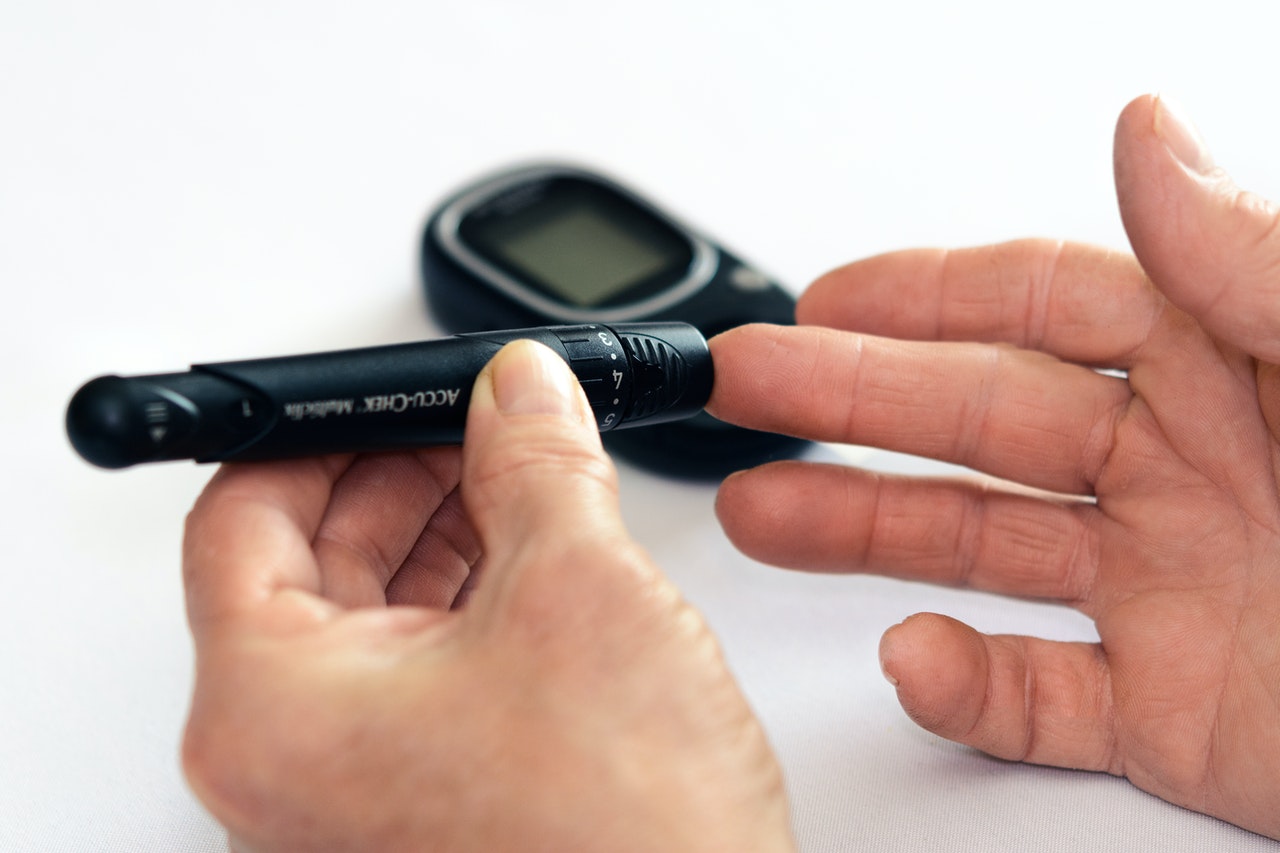Men, by and large, are at a higher risk for various adverse health outcomes compared to their female counterparts, especially when it comes to some of the top leading causes of death in the U.S., such as diabetes. While diabetes affects over 30 million people in the nation, men, biologically speaking, have a higher susceptibility to being diagnosed with type 2 diabetes, which accounts for 95% of all diagnosed diabetes cases. Fortunately, with preventative measures and proper health management, men can reduce their risk of developing diabetes, and the negative health outcomes brought about by the disease. Here are a few tips to start:
Learn the Signs and Symptoms of Diabetes Specific to Men’s Health
Although men have a greater predisposition to type 2 diabetes, they are still at risk for other forms of diabetes like type 1. With both type 1 and type 2 diabetes, symptoms may appear gradually or, in some cases, not at all. But more than likely, diabetes will manifest itself in one or more of the following signs:
- Increased thirst
- Increased appetite
- Frequent urination
- Fatigue
- Weight loss
- Blurred vision
Both men and women share some of the tell-tale signs of diabetes. However, men may also experience unique effects of diabetes pertaining to urological and sexual health, such as:
- Erectile dysfunction: The inability to achieve or maintain an erection, known as erectile dysfunction (ED), will affect a large majority of men over the course of their lifetime. But it is estimated that men who have diabetes will develop ED up to 15 years earlier than non-diabetic men. This is likely because uncontrolled high blood sugar can damage the blood vessels and nerves in the penis.
- Genital thrush: Thrush is a type of yeast infection common in individuals with diabetes because the high glucose levels in the body provide an optimal breeding ground for fungus. In men, genital thrust typically affects the head of the penis resulting in redness, swelling, itching, in addition to cottage-cheese like discharge under the foreskin and unpleasant odor.
- Retrograde ejaculation: Nerve damage from diabetes can affect how a male’s bladder contracts during ejaculation, causing semen to travel back up into the bladder rather than out through the penis.
It’s important for men to recognize the indications and characteristics of diabetes to receive a timely and proper diagnosis and prevent further diabetes-related complications.
Understand the Risk Factors of Diabetes for Men
We know that gender in and of itself is a significant risk factor for men when it comes to developing type 2 diabetes specifically. But other risk factors, modifiable and non-modifiable, that can increase the likelihood of men developing diabetes include:
- Being 45 years of age or older
- Having a family history of diabetes
- Being overweight or obese; especially men whose waist size is over 40 inches as they are five times more likely to develop diabetes than those with a smaller waist size
- Being physically inactive less than three times a week
- Eating a poor diet; high in sugar and refined carbohydrates
- Having an ethnic background of African-American, Hispanic, American Indian, Native Alaskan, Asian American, and Pacific Islander
Improve Your Health to Prevent or Manage Diabetes
Whether you are at risk of developing diabetes or have already been diagnosed with diabetes, it’s never too late to make changes to your lifestyle that will improve your health and prognosis. The first step is to talk to your doctor, as they can perform a blood glucose test that can help detect type 2 diabetes and guide you toward any medication or other treatments you may need. However, there are steps men should take on their own as well to help mitigate diabetes risk and complications:
- Avoid unhealthy habits like smoking and excessive drinking; ideally, men should have no more than two drinks a day
- Aim for an active lifestyle consisting of at least 30 minutes of exercise per day
- Maintain a healthy body weight and BMI for better glucose levels
- Eat a balanced diet to control your blood sugar levels; avoid added sugar, sodium, and fats (“good fats” like avocados and nuts are okay), and strive for fruits, vegetables, and whole grains high in fiber




